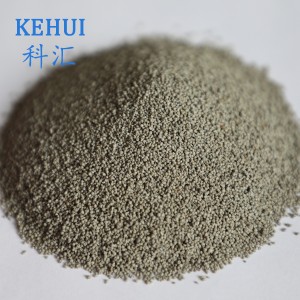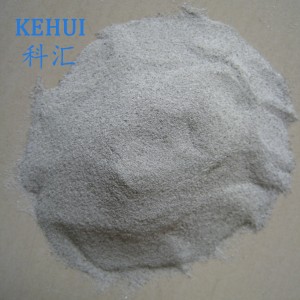Aluminosilicate Microspheres Cenosphere Fly Ash
Aluminosilicate Microspheres Cenosphere Fly Ash
Hollow Ceramic Microspheres/Ash Hollow Microspheres
Cenosphere are lightweight, inert, hollow, nonmetallic spherical materials, composed largely of silica (SiO2) and alumna (Al2O3) compositions of Cenospheres are similar with glass and ceramic.Those hollow glass particles have also been called hollow ceramic spheres and micro spheres.
Features of Cenosphere
Low density High turnover COMPACT packing of the particles.
Low shrinkage Low thermal conductivity STRENGTH
Low Cost Inert Heat resistance Electrical properties.
Specification of Cenosphere
|
Grade No. |
TS-(20-70) |
TS-40 |
TS-60 |
TS-80 |
TS-100 |
TS-150 |
|
Particle Size |
200-750microns |
420microns |
250microns |
180microns |
150microns |
100microns |
|
Floating Rate |
95%min. |
95%min. |
95%min. |
95%min. |
95%min. |
93%min |
|
Bulk Density |
0.33-0.45g/cc |
0.33-0.45g/cc |
0.33-0.45g/cc |
0.33-0.45g/cc |
0.33-0.45g/cc |
0.33-0.45g/cc |
|
Moisture |
0.5%max. |
0.5%max. |
0.5%max. |
0.5%max. |
0.5%max. |
0.5%max. |
|
Color |
Light Grey |
Light Grey |
Light Grey |
Light Grey |
Light Grey |
Light Grey |
|
Fire-resistant Degree |
1600-1700℃ |
1600-1700℃ |
1600-1700℃ |
1600-1700℃ |
1600-1700℃ |
1600-1700℃ |
Application of Cenosphere
1.Oil and gas industry: lightweight cement grouting in the regeneration of wells.
2.Construction: ultra-light concrete, insulating plaster and masonry mortars, and other types of dry mixes,
heat and sound insulation cover at the device roofing and facade structures, floors,as well as the preparation of
thermal insulation for floors.
3.Ceramic products: light fireproof wall materials and coatings, lightweight materials aerospace.
4.Coating materials: thin-saving and fire retardant paint.
5.Polymeric materials: the production of different boats (boats, buoys, life jackets, radio-electronic equipment
heat insulation shields,insulation of heating, molding materials for dentistry.
6.Chemical industry: neutralization of waste catalysts wastewater sensitizers emulsion explosives production
sound dampening composites in the automotive, tire production, coatings and primers, abrasive tool performance,
slip formulations for shoe soles, furniture moldings.







